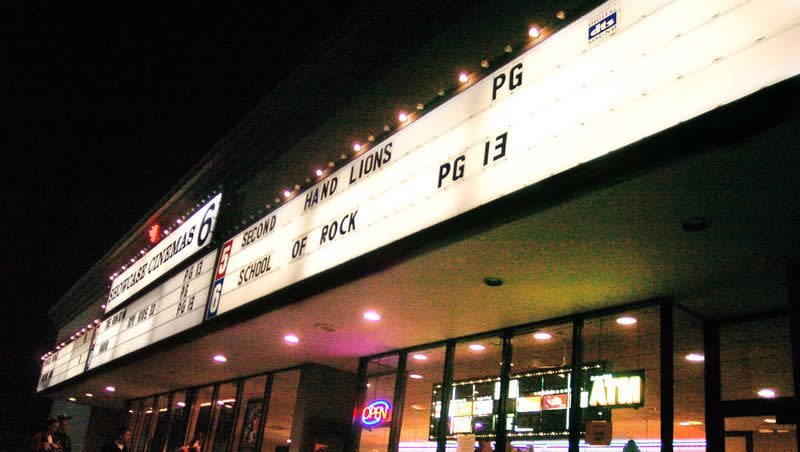PG-13 movies are taking over the box office. Have they been impacted by ‘ratings creep’?

To critics’ surprise, “Oppenheimer” crossed the $900 million threshold in the global box office. It’s rated R, which restricts viewership and ordinarily results in lower box-office performance.
When looking at the data provided by Axios, comparing box-office performances by ratings from 1995 to 2022, PG-13 films often best their higher and lower rated competition. G-rated movies perform the worst, followed by PG movies and then R.
In fact, PG-13 movies accounted for around two-thirds of the box-office revenue in the U.S. in 2022, per Statista. This wasn’t always the case. Since 1995, PG-13 films have made an upward climb at the box office, earning more and more revenue.
However, as PG-13 movies have become more popular, some experts and parents have pointed toward trends that may suggest shifts in the rating system. These shifts can make it difficult for parents who rely on ratings systems to determine what their family watches.
Here’s a closer look at the ratings system and what options families have to learn more about a film before watching it.
Related
What are the five movie ratings?
The Motion Picture Association provides descriptions of each rating on its website.
G: General audience.
PG: Parental guidance suggested.
PG-13: Parents strongly cautioned.
R: Restricted: Under 17 requires accompanying parent or adult guardian.
NC-17: No one 17 and under admitted.
How are movies rated?
A rating board compromised of parents watches the film and gives it a rating, according to Michigan State University. A G rating would mean there’s no content that parents would be concerned about, a PG rating means there’s some content that parents may want to know about, a PG-13 rating indicates there’s even more content that families may not find appropriate and R means the film has adult content (same with NC-17).
Is the movie rating system accurate?
It depends on who you ask.
There’s evidence pointing toward movies becoming more violent than before. Researchers from the Annenberg Public Policy Center documented what they call a “continuing rise of gun violence in PG-13 movies.” They found that there was more gun violence in top-grossing PG-13 movies than in R-rated counterparts. While the violence in PG-13 movies may not be as graphic as the violence in R films, there’s still more of it.
While criteria for movie ratings has changed, that doesn’t assuage all concerns.
For example, it used to be that one F-word would trigger an R rating on a film, but now that’s not the case. There are films with multiple uses of the F-word that have maintained a PG-13 rating (think “Brooklyn” or “Dunkirk”).
As cultural norms shift, it would make sense that standards for movie ratings would also shift, but it could become harder for parents to discern just how much violence, profanity and sexual content is in a PG-13 movie as the standards for this kind of content change.
“Since the early 2000s, they have become more lenient about language,” Lori Pearson, founder of Kids in Mind, told Fox News, referencing a shift on the part of the MPAA.
Workarounds, like not completely voicing the F-word, can also prevent an automatic R rating, which Pearson said can be misleading.
The trail of research shows an increase in graphic, explicit and violent content in PG-13 movies has been part of a steady trend.
A 2013 study from Annenberg Public Policy Center found that PG-13 films had roughly the same amount of sex and violence as R-rated movies. “There was very little statistical difference between PG-13 and R-rated films, except when it came to pairing tobacco with violence, which was the case in 30.1% of PG-13 films and 57% of R-rated films,” the study authors said.
Going back even further to 2004, authors of a Harvard School of Public Health study said, “Movies with the same rating can differ significantly in the amount and type of potentially objectional content. Age-based ratings alone do not provide good information about the depiction of violence, sex, profanity and other content,’’ per The New York Times.
On the other hand, some parents think the ratings system is accurate. A recent study by the Motion Pictures Association’s rating administration found that 84% of parents find the ratings on movies accurate and the descriptions accurate.
How do I know if a movie has objectionable content?
A film’s rating can be the first place you go, but not the only place you go to learn more about the kind of content you might see.
After reading the description of why a film is given its particular rating, you can take the next step of reading a parents guide. IMDb, Kids in Mind, Common Sense Media and other groups provide information about the finer details of scenes.

